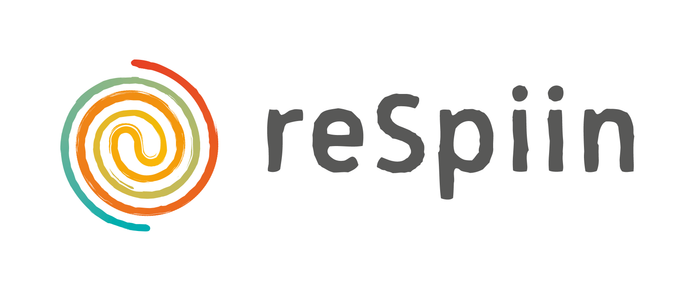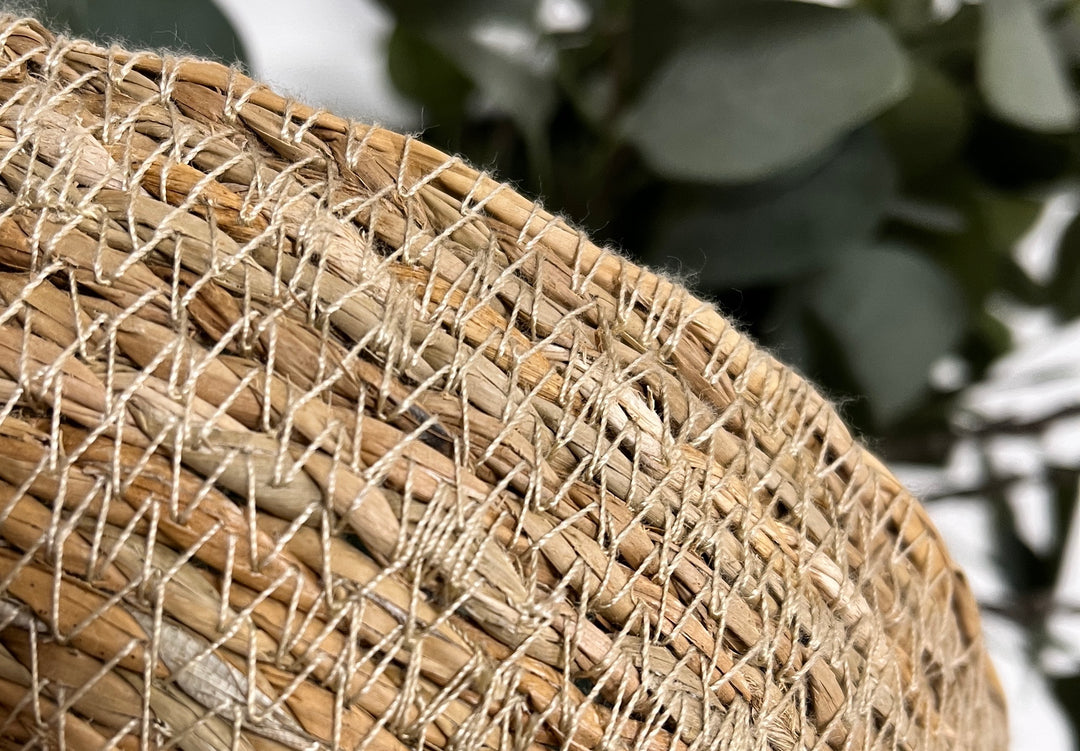
Good for the Planet
Our Sustainable Materials
From the start ReSpiin has been all about finding the best recycled and renewable materials and making them into beautiful products for those wanting to live a more sustainable lifestyle.
Read on to learn more about the materials we use and how these are better for our planet.
Seagrass
Seagrass is a natural, renewable resource that grows rapidly in coastal waters, forming dense underwater meadows that protect against erosion and provide a rich habitat for marine life.
It's harvested sustainably by hand, and can regrow with 10 days! Farmed sustainably in Bangladesh, the seagrass used in our tablemats and coasters plays an important part in stabilising the soil and protecting the land from flooding.
Jute
Jute is a wonder fiber and the perfect sustainable material for our baskets! It grows super-fast, reaching 15 feet in just 3 months, enriches the soil as it grows, only needs rain water and no nasty pesticides.
We weave jute yarn around the raw jute stem, creating a chunky, durable rope. Then, we coil and sew this rope into beautiful, long-lasting baskets.
Jute has such as low environmental impact - it can be recycled, will biodegrade in 1 to 2 years, and can even be composted!
Recycled Wool
Wool is a naturally durable material, and by recycling it, it's given a second life. They are sorted into colour, broken down into fibres, spun into yarn and then our producers weave it into beautiful fabric for our recycled wool throw collection.
This process reduces waste, extends the lifecycle of wool, and minimises our environmental impact.
Recycled Cement Sacks
Discarded cement bags are one of the common waste materials in the construction industry. Transforming them into new usable fabric reduces waste and contributes to the circular economy.
Used cement sacks are cleaned, shredded, melted down and then made into fine fibres. The fibres are dyed (with azo free dyes) then woven into fabric. The fabric is a durable recycled plastic.









